Today's Women in STEM spotlight is the wonderful Ada Lovelace!! Ada was a mathematician who is thought to have written the world's first computer program 100 years before the first computer was made! She also correctly predicted the future possibilities of computers, including creating music and graphics.
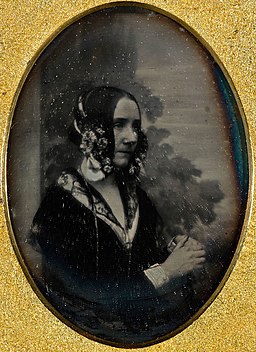
When you consider that Ada lived in a time when girls were not generally educated, her achievements are even more incredible.
Ada was born in England to Lord and Lady Byron. Her father was a poet and her mother a mathematician. Ada was brought up by her mother who encouraged her to study maths and science. Ada demonstrated a natural aptitude for the subjects.
Ada married William King in 1835 and became the Countess of Lovelace three years later when William was made an Earl.
Ada met a young mathematician and engineer named Charles Babbage when she was 17. Ada was fascinated by Babbage's ideas, especially his plans for a machine named the analytical engine that would handle complex calculations. Babbage was so impressed by Ada that he asked her to translate an article about the analytical engine written by an Italian engineer.
Ada translated the article and also added pages of her own notes. Ada's work was published in 1843. The analytical engine was nothing like the computers of today. It was a large, clunky machine programmed using punched cards!
Unfortunately, the analytical engine was never finished, and Ada's notes were forgotten about until they were found and republished in 1953.
Ada very sadly died from cancer in 1852, aged just 36. She left behind an impressive legacy. Ada Lovelace Day is held on the second Tuesday of October each year and is an international celebration of the achievements of women in STEM.
Ada Lovelace fact file and activity
I now have two versions of my ADA Lovelace fact file and activity. The second is slightly simplified and has the activity and code template on the second page.
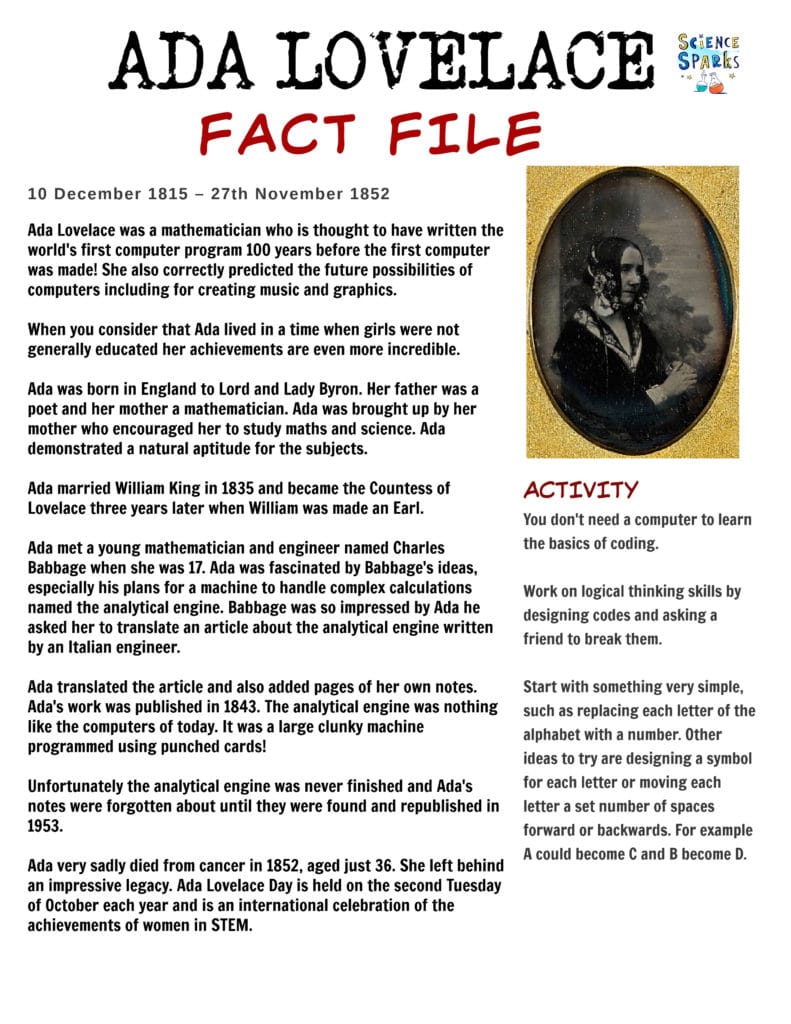
Activities related to Ada Lovelace
Try some coding with scratch.
Code and create with a Makey Makey. This giant operation game is a good example.
More Wonderful Women in STEM
Learn about the work of Marie Curie.
Find out about the inspirational Amelia Earhart.
Marie M. Daly completed groundbreaking research about the heart and circulatory system.
Rosalind Franklin helped decipher the double helix structure of DNA
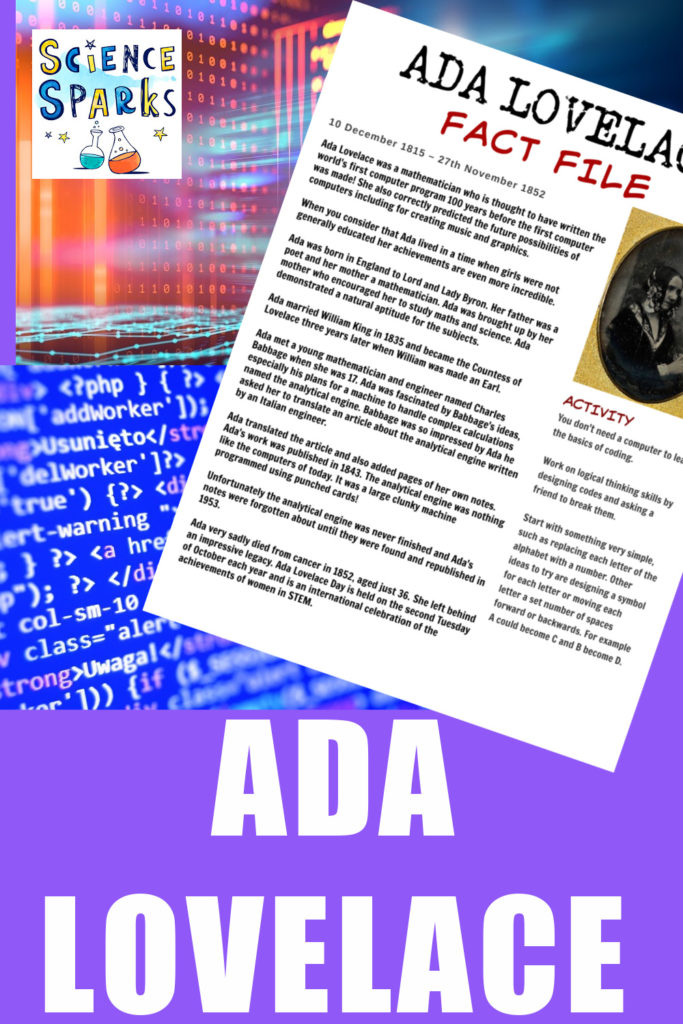
Last Updated on June 6, 2025 by Emma Vanstone
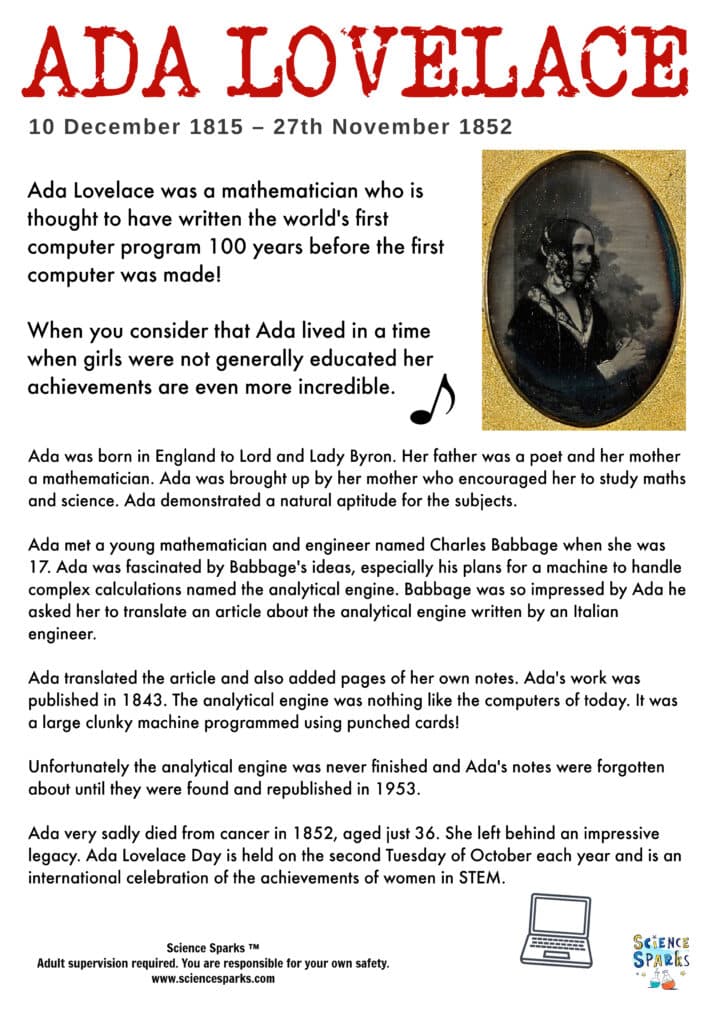
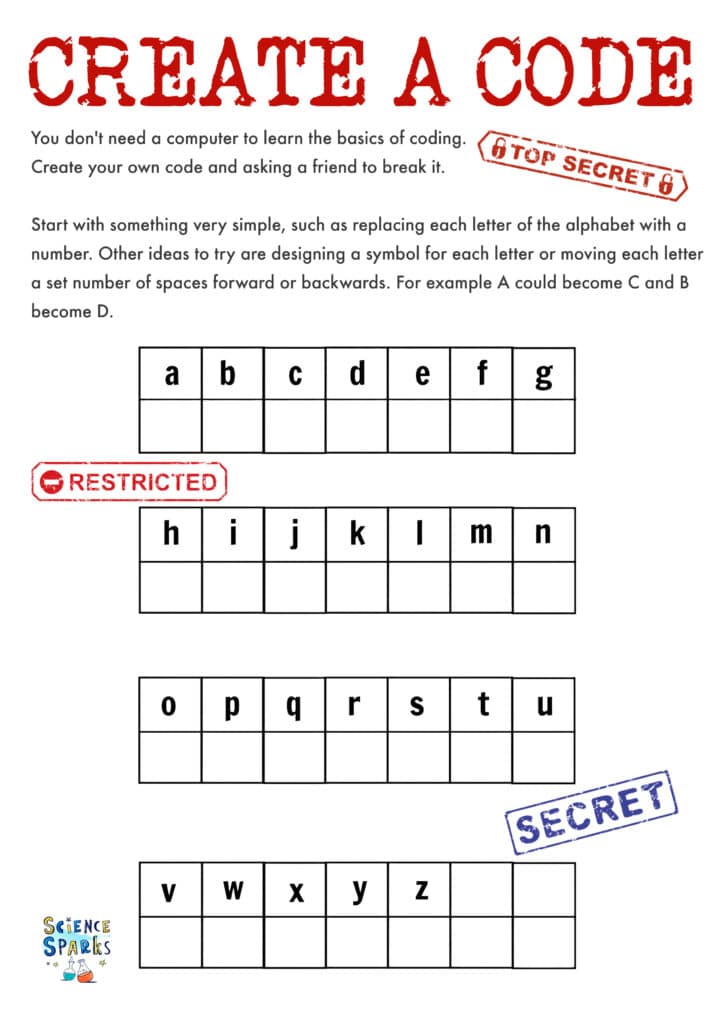
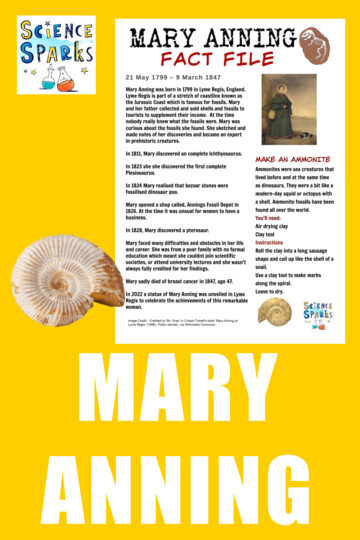
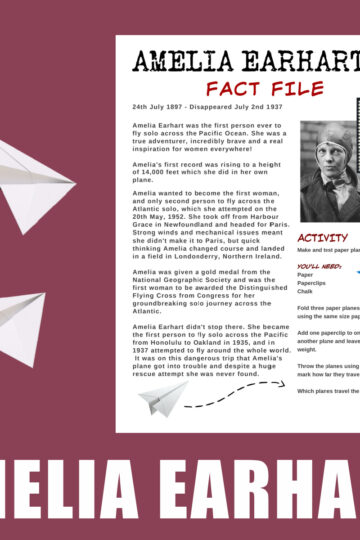
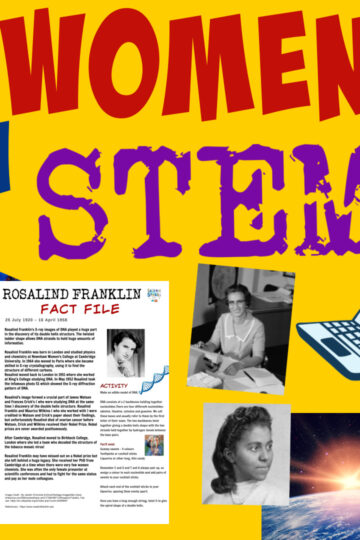
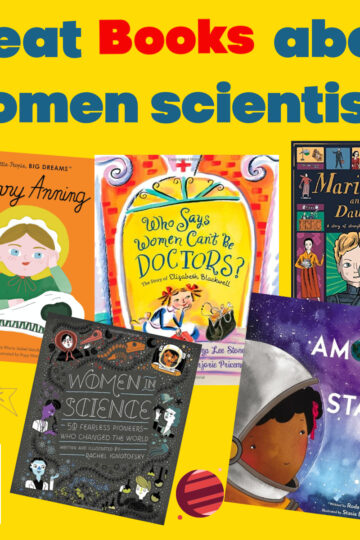
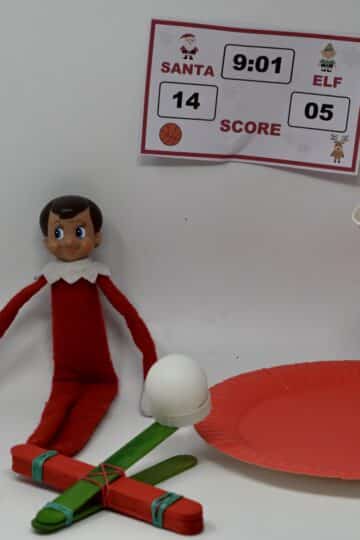


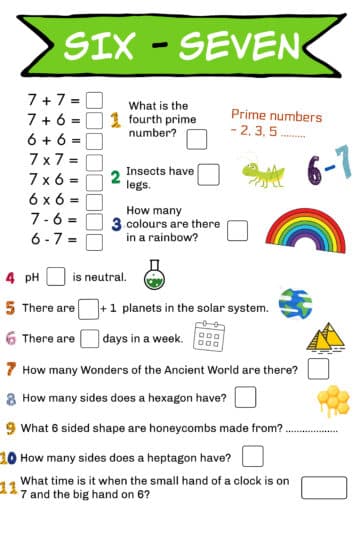
Leave a Reply